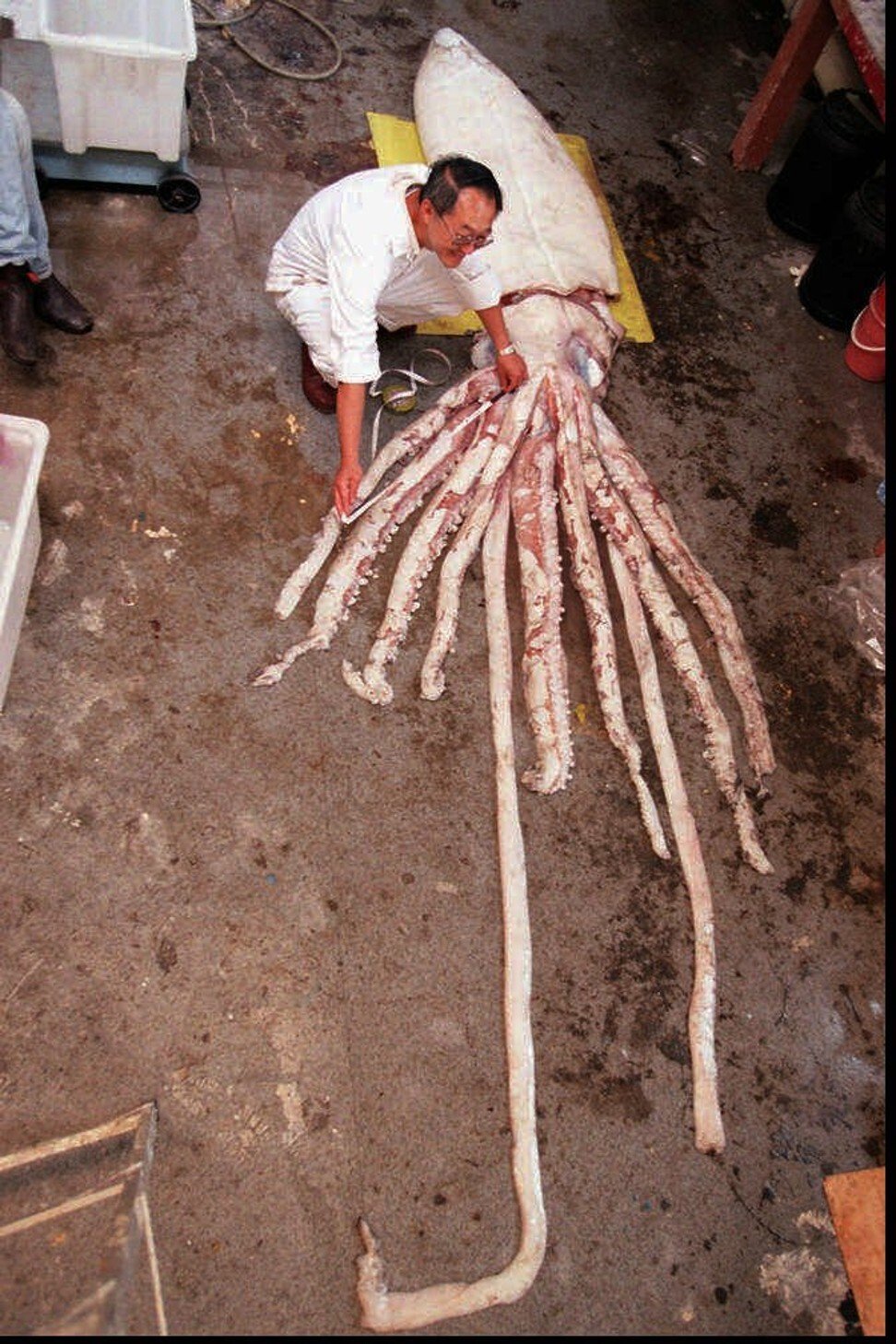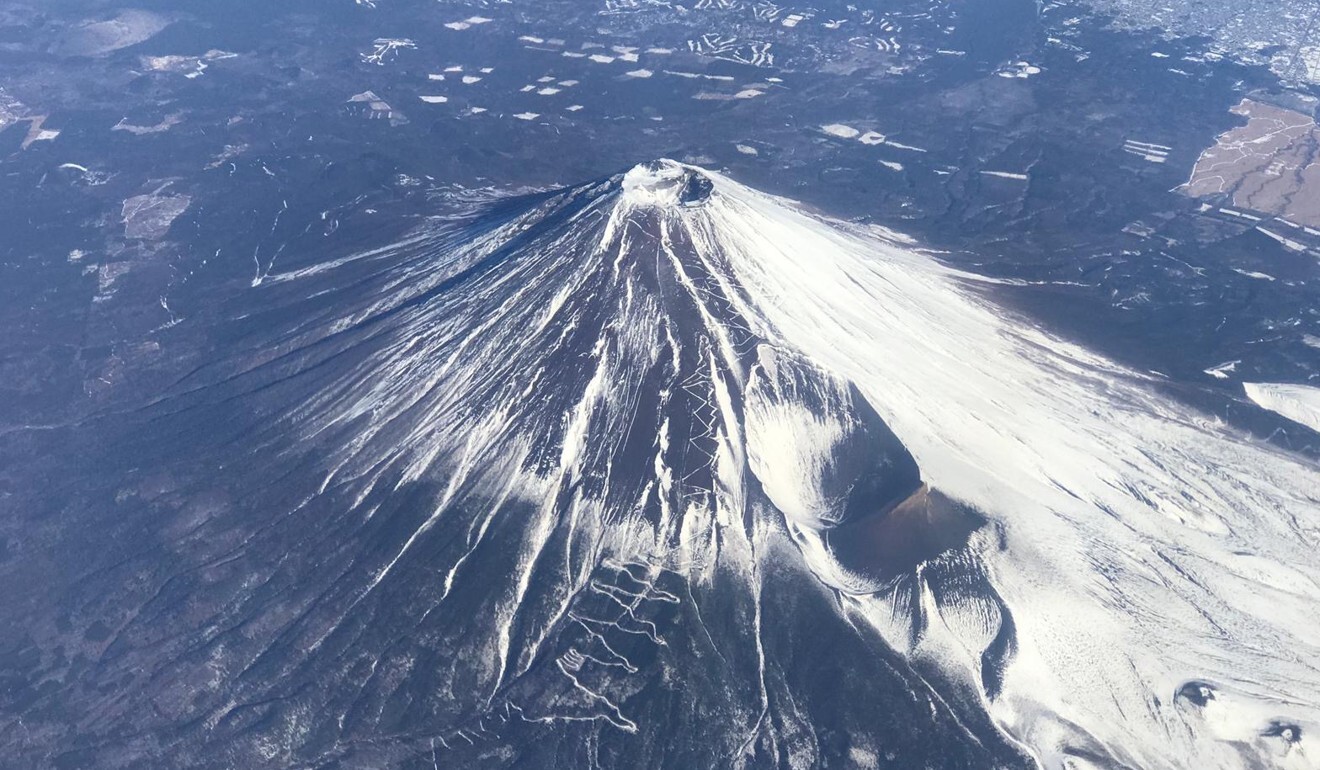
An oarfish in Hong Kong is a bad omen for Japan’s earthquake watchers
- Japanese folklore has it that when oarfish rise to shallow waters, disasters like earthquakes, tsunami and volcanic eruptions are not far off
- Ominously, one recently washed up on Lamma Island
A sure-fire way of predicting earthquakes remains elusive, and the best ‘heads-up’ money can buy gives little more than a minute’s warning as seismic shock waves travel just a little slower than data from shaking sensors.
An advance warning of 60 to 90 seconds is useful for building management – ensuring lifts stop and doors open at the very next floor, and gives hospital surgeons time to holster their scalpels and office workers can grab hard hats from beneath their chairs – but it is of little use for any more serious preparation.
Man who ignored wife’s ‘premonition’ dies on fishing trip in Malaysia
Curiously though, some animals are believed to be sensitive to seismic signals and move away. The appearance of giant deep sea animals – huge fish and giant squid such as the one found in South Africa in early June – are often thought to be warnings; big seafood runs from a impeding disaster.

Between December 2009 and March 2010, a large number of these fish were seen in the waters around Japan and found dead on its beaches with at least 10 washing up on the northern coast in 2010, near where the tsunami hit.
Although folklore in origin, the phenomenon has been taken seriously enough that scientists have studied these fish to find out whether they may be sensitive to tremors. This hypothesis has been dismissed by scientists. Experts say to keep calm and ignore such warnings.
Japan earthquake, tsunami fears heighten after oarfish sightings
EARTHQUAKES AND VOLCANIC ERUPTIONS
Whilst scientists believe earthquakes are not necessarily a prelude to volcanic eruptions, the Japanese people believe they sometimes are. And given the massive shake Osaka felt before Mount Fuji blew in 1707, they may have good reason.
In 2014, while Japan arguably still was living with trauma from the massive 2011 earthquake and tsunami, Kobe University cheerfully published a study concluding that a ‘colossal volcanic eruption’ within 100 years could leave Japan extinct as a country.

Pointing out that most of the world’s biggest earthquakes in the last century were followed within three years by a volcanic eruption, the earthquakes occurred in 1952, 1957, 1960, 1964 and 2004, the press speculated on a major eruption.
Nothing happened after the massive 2011 earthquake, though Japan undertook rapid preparations and intensely monitored the country’s most dangerous volcanoes as Fuji-san just hissed at visitors and the Japanese continued to climb it and ride mountain bikes down.
The national security law could turn Hong Kong into Asia’s Monaco
ANYONE FANCY CLIMBING MOUNT FUJI THIS SUMMER?
The biggest worry among volcano watchers is Mount Fuji, just 99km from Tokyo. The gorgeously proportioned active stratovolcano has had 16 recorded eruptions since 781, the last of which was the Hoei eruption 313 years ago when the exploding volcano covered all of Tokyo with pyroclastic debris, from chunks of rock to fine dust, depositing about 8-16cm of ash on top of central Tokyo, Kawasaki and Yokohama, and about 4cm at Narita.
The Nankai megathrust subsea fault line is also of great concern among Japanese seismologists as it runs from Mount Fuji, past Osaka to Mount Sakurajima. A sizeable earthquake there could produce a tsunami of global proportions, putting shores on the other side of the world at risk. Seven years before the 1707 Osaka temblor, a powerful tsunami washed ashore in Japan from the Cascadia earthquake along the North American West Coast.

Not all of Japan is high risk, certainly moving inland the risk of tsunami is reduced and the prefectures of Yamaguchi, Hiroshima and Okayama in the West, Akita and Iwate in the North and the eastern part of Hokkaido tend to shake less. Manufacturers of sensitive products such as semiconductors, robots or car assembly plants – and those that just like a peaceful life – are better off there.
When there have been a recent series of earthquakes, or a new volcanic eruption, retail investors will consider the location of companies when picking stocks, particularly that of the HQ or assembly plants, and it becomes a factor in investment choices. For example, some of the larger companies in relatively stable areas include Fast Retailing (Uniqlo), Mazda Motor, Chugoku Electric Power, education company Benesse and a handful of regional banks of Hiroshima, Chugoku and Yamaguchi.
Japanese belief in link between deep-sea fish sightings and quakes debunked
SMALL SHAKES IN HONG KONG
But, it is very rare to find oarfish here, whereas they are found more often around Japan.
Those who subscribe to the Japanese notion that big sea creatures portend seismic disaster would find the discovery of a Giant Oarfish on sea-foodie heaven Lamma Island deeply ominous.
Neil Newman is a thematic portfolio strategist focused on pan-Asian equity markets

